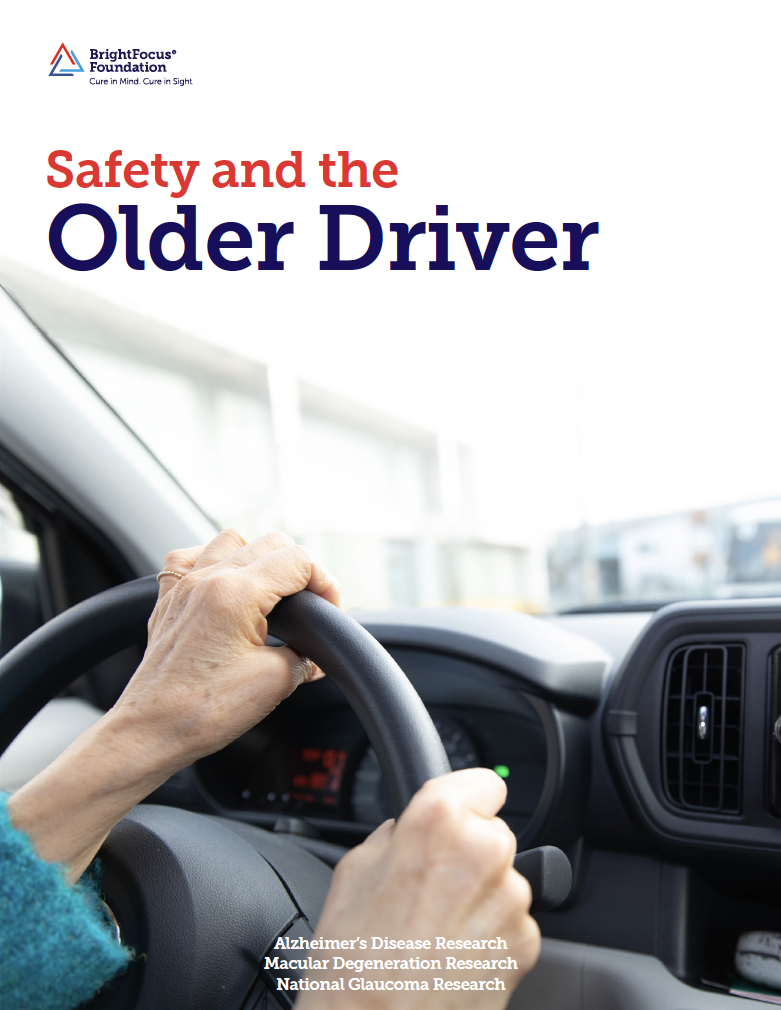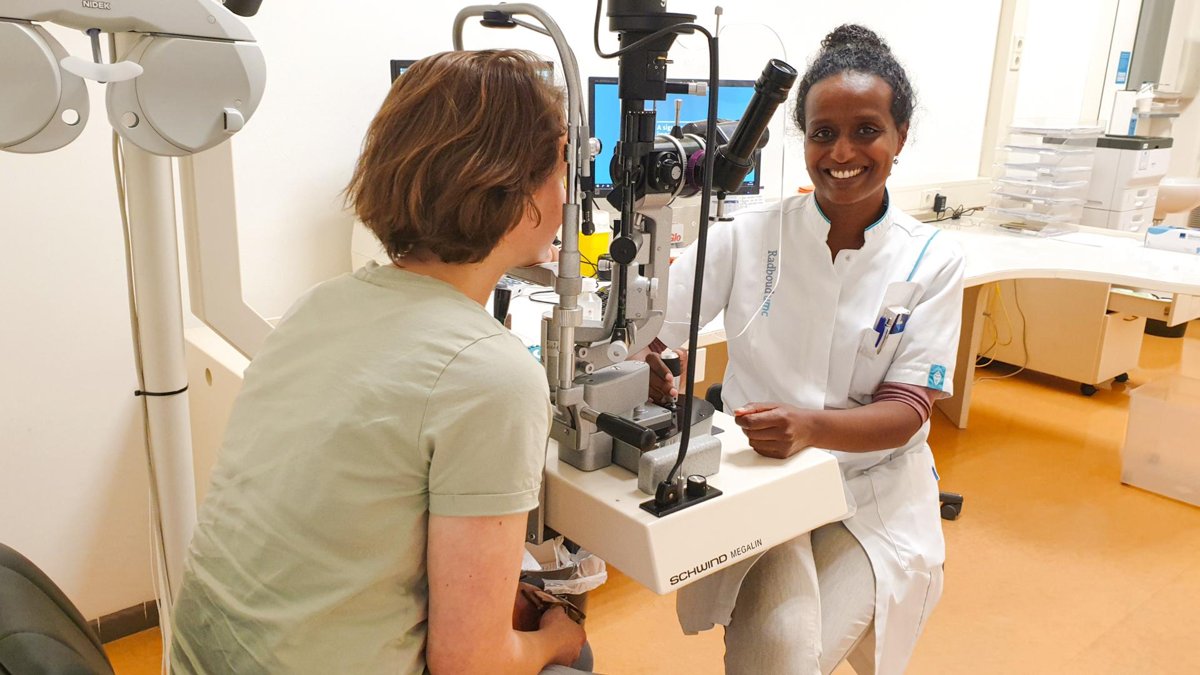 Advanced age does not automatically mean problems with driving. Granted, at some point, many of us may need to reduce or stop driving due to safety concerns. However, the American Automobile Association (AAA) says that older drivers (defined as age 65 or up) are among the smartest and safest drivers on the road. They are more likely to wear seat belts, observe speed limits, and drive sober.
Advanced age does not automatically mean problems with driving. Granted, at some point, many of us may need to reduce or stop driving due to safety concerns. However, the American Automobile Association (AAA) says that older drivers (defined as age 65 or up) are among the smartest and safest drivers on the road. They are more likely to wear seat belts, observe speed limits, and drive sober.
Still, there are also safety concerns for older drivers, particularly those over age 70. They have a higher crash rate per miles travelled than do middle-aged drivers, and—due in part to age-related physical fragility—they are more likely to be injured or killed when in traffic accidents. Driving safely may also become harder for an older person if the normal aging process is exacerbated by diseases like Alzheimer’s, glaucoma, or macular degeneration.
Assess the Ability to Drive Safely
As with other groups, older drivers reflect a broad spectrum of driving abilities.
Some are having no problems with their current driving skills. Others discover that certain age-related problems, such as declining vision, may require some adjustment, but will not terminate one’s driving ability. And many older drivers may decide to improve their skills by taking a safety course from driver rehabilitation specialists.
Eventually, however, drivers or family members may come to realize that bigger changes are in order, and that, for safety reasons, it may be time to look for alternatives to driving for transportation needs. The timing of this transition may be helped by an assessment of driver skill and safety. When driving is no longer advisable, it’s possible to make a plan for other ways to stay mobile.
Ask the Experts: Check Car Safety and Modifications
The fatality rate has declined for all ages of drivers, due in part to better car protections, such as improved air bags and auto construction. A few modifications to an auto may be all that’s needed to get back on the safety track.
In addition to providing driver safety courses, national groups like AAA or AARP, CarFit, or local driving specialists can assess whether certain car features or accommodations can make driving your vehicle easier. Examples include:
- covering steering wheels with fabric that helps arthritic hands
- adding a pedal extension for hip problems
- providing hand controls if needed
- using convex or multifaceted mirrors to avoid missing “blind spots” to the side or back of the car
For example, newly manufactured cars are now required to have special rear-view cameras to make it easier, and safer, for drivers to back up a car, change lanes, or look over their shoulder.
Refresh Driving Knowledge with a Course
There are new technologies and courses that will help drivers assess the state of their driving abilities and improve their driving skills if needed. Safety classes can help one learn how to compensate for age-related changes.
The driver safety classes mentioned above, and the Association for Driver Rehabilitation Specialists, as well as certain occupational specialists, can help you search for these specialists by state. (See Resources).
Some drivers are willing to restrict their driving to places that make them more comfortable. For example, if they have trouble with night driving or interstate traffic, they may limit driving to the daytime, on familiar roads, and avoid major highways.
Be Prepared: Create a Transportation Plan
There may come a time when you and your loved ones must accept that driving is not safe or feasible any longer. Some people anticipate and accept this change. For others, driving cessation is a major loss that must be grieved. And for still others, cognition loss from Alzheimer’s or other types of dementia may mask this reality. The responsibility then falls on family members to help the person transition from driving to other modes of transportation.
The National Institute on Aging (NIA) recommends that older drivers, even those who are still competent drivers, create a plan for the future that explores other transportation options besides driving oneself. Finding alternatives to driving can help one feel more in control and independent after solo driving ends.
Older drivers should frequently monitor their driving behavior and look for signs of problems mentioned below. To help determine whether you are a safe driver, check each box below if the question applies to you.
Do you:
- Sometimes get lost while driving?
- Have trouble seeing signs in time to respond to them?
- Have trouble pushing down on the gas pedal or brake?
- Find it hard to look over your shoulder when you back up?
- Get dizzy or drowsy after taking your medications?
- Get nervous driving in traffic or on unfamiliar roads?
If you checked any of these boxes, talk to your physician to determine whether any of your driving problems might be health related.
If so, a physician might change your medications so that you have fewer or no side effects.
If you have a vision disorder, then surgery, new glasses, or a different medication may solve the problem.
Observing the Older Driver
If you have concerns about the driving ability of an older family member, go for a ride with him or her and look for the following unsafe practices.
- Does not notice or obey stop signs or traffic lights.
- Fails to yield the right-of-way or yields inappropriately.
- Often gets lost, even on familiar routes.
- Stops at a green light or at the
wrong time. - Does not seem to notice other cars, walkers, or bicyclists on the road.
- Does not check the “blind spot” before changing lanes.Presses simultaneously on the brake and accelerator or confuses the two pedals.
- Backs up after missing an exit.
Handling the Situation
Wait until you have your loved one’s full attention in a calm environment to discuss your concerns about his or her driving.
Older drivers are more likely to listen to family members who present their concerns in terms of their own feelings and perceptions. Avoid blanket statements like “You are no longer a safe driver,” and instead use “I” statements like “I am concerned about your safety when you are driving.”
When you discuss the need to stop driving, understand that it can mean a major change for someone. Not driving a car can mean a temporary or lasting loss of independence. Particularly if no alternatives are feasible, this can add to previous losses, such as the loss of a spouse, friends, or health. Driving cessation sometimes triggers depression in older people, which can also cause deterioration in physical health.
Do not brush aside the person’s concerns or deny that they are valid. Acknowledge that things will be different and mention some of the other ways she or he can get around. (See “Promoting Safety and Independence”.)
Special Measures for Dementia and Alzheimer’s Patients
In some cases, an older person may refuse to give up driving, despite having lost his or her driver’s license. Those with dementia may simply forget that they are no longer able to drive. When all else fails, caregivers and loved ones can:
- Show the person a prescription from their doctor that says, “No Driving.” Many people will follow the advice of a physician, even though they may not accept the same advice from their own family.
- Ask an accommodating authority figure, like a clergy member, family physician, or lawyer, to remind the person that he or she is no longer allowed to drive.
- Hide the car keys.
- Replace the car keys with a set that will not start the car.
- Disable the car or install a “kill wire” that prevents the car from starting unless a switch is thrown.
- Distract the person until they forget the desire to drive.
- Park the car in a place where it cannot be seen; the person may eventually forget that it exists.
- Sell the car.
Promoting Safety and Independence
It’s important that the older person who no longer drives still be able to visit friends, engage in social activities, and go to favorite places like the library, place of worship, or shopping. Family members can help in facilitating the person’s independence by exploring options in the community. For example:
- Call your local community center or regional transportation agencies to find out if they offer a door-to-door shuttle service for older passengers.
- Some community organizations offer free or low-cost transportation to doctors’ offices and other appointments, or have taxi companies or other providers who offer reduced fares or special services for older people or individuals with low vision. Ask your local Area Agency on Aging about these services or call the Eldercare Locator (800-677-1116), a hotline run by the national Association of Area Agencies on Aging that provides information on free or low-cost local transportation options for older persons.
- Ask community or senior centers and places of worship if they provide volunteer driver programs.
- Hire a driver, one who provides a vehicle if it is needed.
- Check if driving services like Uber and Lyft are available in your area. These are ride sharing (or cab for hire) services that are less expensive alternatives to traditional taxi cabs. No cash is exchanged; instead riders download an app to their smart phones to order and pay for rides.
- Consider virtual options to engage with community groups such as clubs and faith-based organizations.
Get It Delivered
Instead of driving to get items, it may be more convenient to have them delivered:
- Many grocery stores deliver for free or for a reasonable fee, and food
can also be ordered from many major retailers. - Medicines can be ordered by mail or online from known and trusted pharmacies.
- Many restaurants will deliver meals, possibly with a small delivery fee added to the total. Meals on Wheels or other senior meal programs deliver hot meals for eligible people at a low price. For more information about these programs, call your local Area Agency on Aging.
Seeking Outside Assistance
There are several types of elder care professionals who can help aging people adjust to life after driving and provide needed services. Two of the most helpful are geriatric care managers and social workers.
The Geriatric Care Manager
A geriatric care manager is a professional—usually a social worker, counselor, or nurse—who develops and implements plans to assist elders and their families with all aspects of long-term care.
Geriatric care managers can help with two specific driving problems. First, in situations where the family has reached a stalemate, the manager may be able to convince the older person that it is time to stop driving. Second, a geriatric care manager can make arrangements for alternative forms of transportation and the delivery of goods and services to an older person who is unable to drive. This can be especially useful to families who live far from their older loved one and cannot be there on a daily basis, yet want to make sure their relatives receive needed help and supplies.
For a referral to a geriatric care manager, contact the National Association of Professional Geriatric Care Managers.
The Social Worker
A social worker can be helpful to older people who have had to give up driving. Social workers can assist in locating and coordinating transportation and community services as well as assessing social and emotional needs. For those families dealing with Alzheimer’s disease, there is the added challenge of arranging for increased care as the disease progresses.
To find a qualified clinical social worker in your area, contact the National Association of Social Workers, your local hospital, or your Area Agency on Aging.
About BrightFocus Foundation
BrightFocus Foundation is a premier global nonprofit funder of research to defeat Alzheimer’s, macular degeneration, and glaucoma. Through its flagship research programs — Alzheimer’s Disease Research, Macular Degeneration Research, and National Glaucoma Research— the Foundation has awarded nearly $300 million in groundbreaking research funding over the past 51 years and shares the latest research findings, expert information, and resources to empower the millions impacted by these devastating diseases. Learn more at brightfocus.org.
Disclaimer: The information provided here is a public service of BrightFocus Foundation and is not intended to constitute medical advice. Please consult your physician for personalized medical, dietary, and/or exercise advice. Any medications or supplements should only be taken under medical supervision. BrightFocus Foundation does not endorse any medical products or therapies.
- Lifestyle












